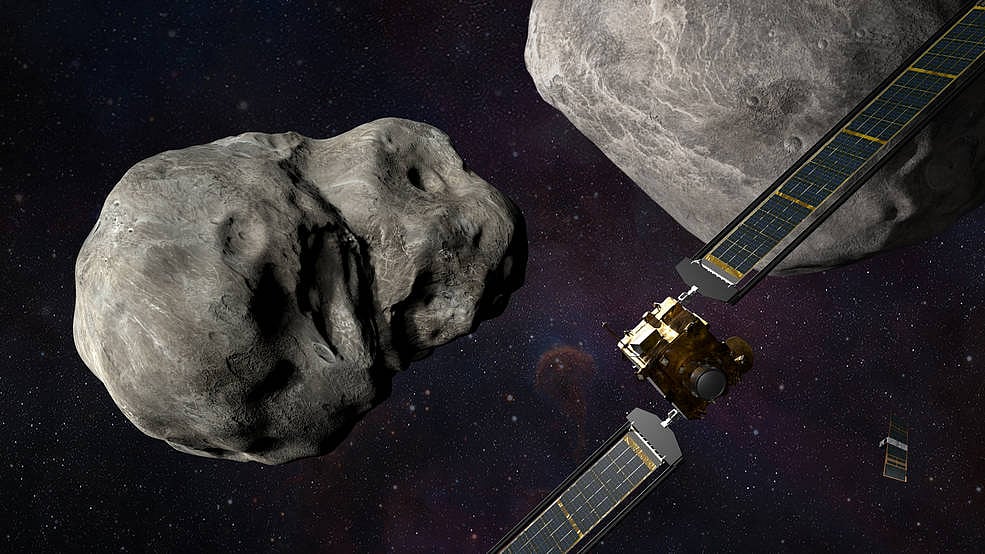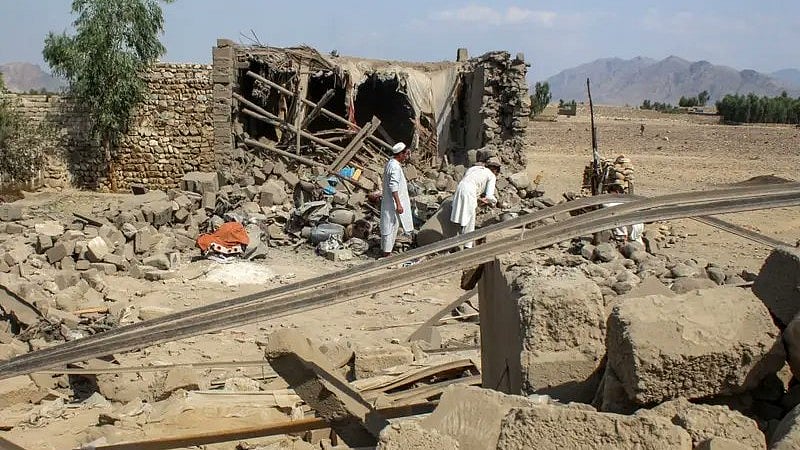Nasa’s Double Asteroid Redirection Test (Dart) spacecraft is anticipated to hit an asteroid at 24,000 km per hour on September 26.
The spacecraft, which is roughly the size of a bus, was launched on November 20, 2021, with the goal of learning how to defend the Earth from an asteroid.
Even though the asteroid is about 11 million km away, it is supposed to be nearest to the Earth. This is an opportunity for the researchers to test the ability to operate autonomously in the final stages.
The target asteroid is named Dimorphos, which is 163 metres in diameter and orbits the 780-meter wide asteroid Didymos. The reason for choosing this as a target is that, as it is orbiting, it makes it easy for the scientist to measure the results due to the change in orbit.
Nasa is planning to attempt nothing less than a full-scale planetary defence to change an asteroid's path. This technique is called kinetic impact, which will alter the orbit of the asteroid by crashing into it.
This tiny deflection could be sufficient to prove that this technique can actually change the path of an asteroid on a collision path with the Earth. The spacecraft will be blown apart through impact equivalent to about three tonnes of TNT.
The dart is carrying a LICIACube, which is a shoe size mini spacecraft alsi known as cubesat, developed by the Italian space agency and aerospace engineering company Argotec. This little spacecraft got separated from the draught and is now travelling at a distance of 55km.
LICIACube will take weeks to send the images to Earth.
After the crash, the team will look at the aftermath of the crash and they will aim to measure the changes in Dimorphos’ motion around Didymos by observing its orbital period.
The ground telescope will aim to capture the images of the asteroid. The asteroid will at least make a 73-second orbital period change after impact. These measurements will help to understand the kinetic impact.
Future missions:
The exploration of asteroids will not end here. It is reported that the European Space Agency is set to launch the Hera mission in 2024.
By observing the deformation caused by the arrow impact on Demorphos, the Hera spacecraft will reportedly gain a better understanding of its composition and formation.
It is anticipated that the lessons learned from this mission will help validate the mechanics of high-velocity collisions.










